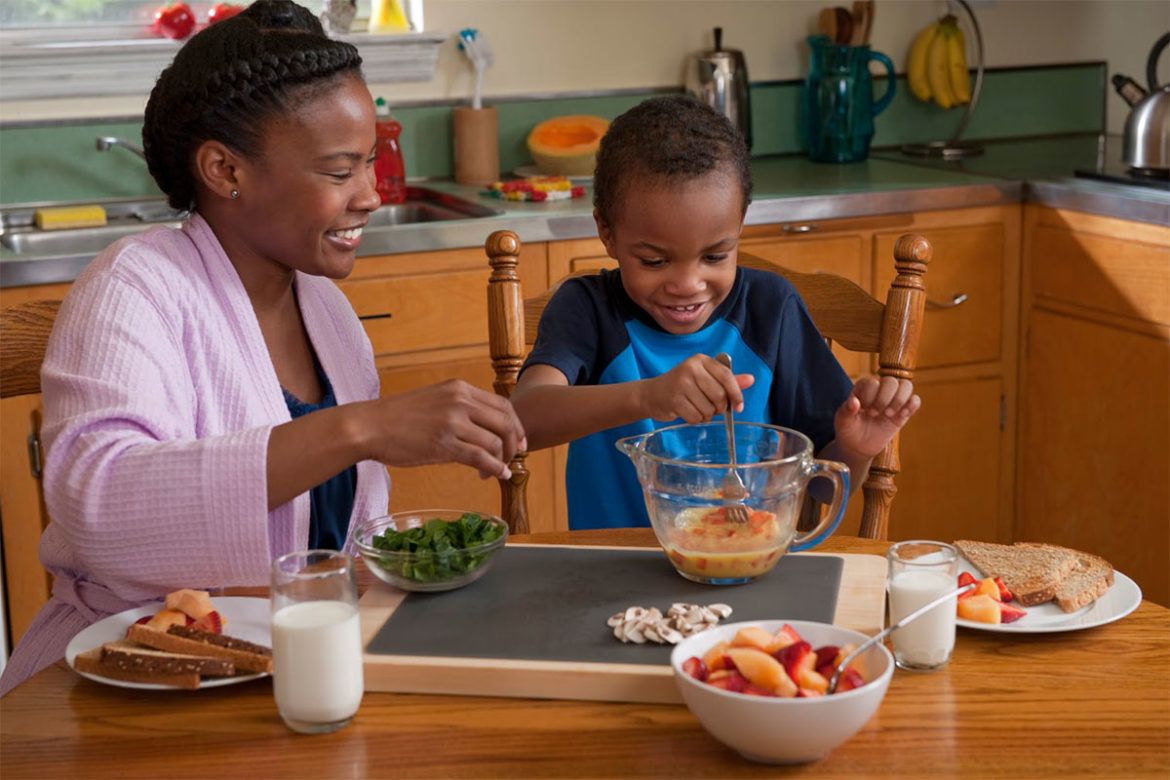Picky eating is normal for most preschoolers. It’s simply another step in the process of growing up and becoming independent. As long as your child is healthy, growing normally, and have plenty of energy, he or she is most likely getting the nutrients he or she needs.
Typical Picky Eating Behaviours
Many children will show one or more of the following behaviours during the preschool years. In most cases, they will go in time.
Your child may refuse a portion of food based on a certain colour or texture. For example, he or she could refuse foods that are red or green, contain seeds, or are squishy.
For a period of time, your preschooler may only eat a certain type of food. Your child may choose 1 or 2 foods he or she likes and refuse to eat anything else.
Sometimes your child may waste time at the table and seem interested in doing anything but eating.
Your child may be unwilling to try new foods. It is normal for him or her to prefer familiar foods and be afraid to try new things.
How to Cope with Picky Eating
- Your child’s picky eating is temporary. If you don’t make it a big deal, it will usually end before school age. Try the following strategies to help you deal with your child’s picky eating behaviour in a positive way.
- Don’t force a meal or a snack on your child, likewise, don’t bribe your child to eat certain foods or clean his or her plate. This might ignite a struggle over food. Also, your child may experience anxiety or become less sensitive to his or her own hunger. Serve small portions to avoid overwhelming your child, giving them the chance to independently ask for more.
- Serve meals and snacks at the same time daily. If he or she chooses not to eat a meal, a regular snack time will be an opportunity to eat nutritious foods, but you will have to be careful because allowing your child to fill up on juice, milk, and snacks will reduce their appetite for meals
- Be patient with new foods. Encourage your child by talking about a food’s colour, shape, aroma and texture — not whether it tastes good. Serve new foods along with your child’s favourite foods. Keep serving your child healthy choices until they become familiar and preferred.
- Be a good role model. Try the new foods yourself so you can describe their taste, texture and smell to your child.
- Make it fun!!! Serve veggies with a favourite sauce or side dish. Cutting cookies into different shapes and sizes will make your child anticipate meals. Serve a variety of brightly coloured fruits.
- Let your child assist you while grocery shopping for fruits, vegetables and other healthy foods. Don’t buy anything you don’t want your child to eat. At home, encourage your child to help you rinse the veggies and set the table.
- Minimize distractions by putting off the television and any other gadget during meals. This would her him or her focus on eating. Note that, television ads can encourage your child to love sugary, less nutritious foods.
References
- WebMB. Toddler eating problems. Accessed on 10th October 2017










Comments